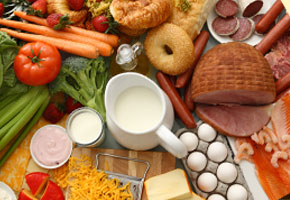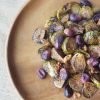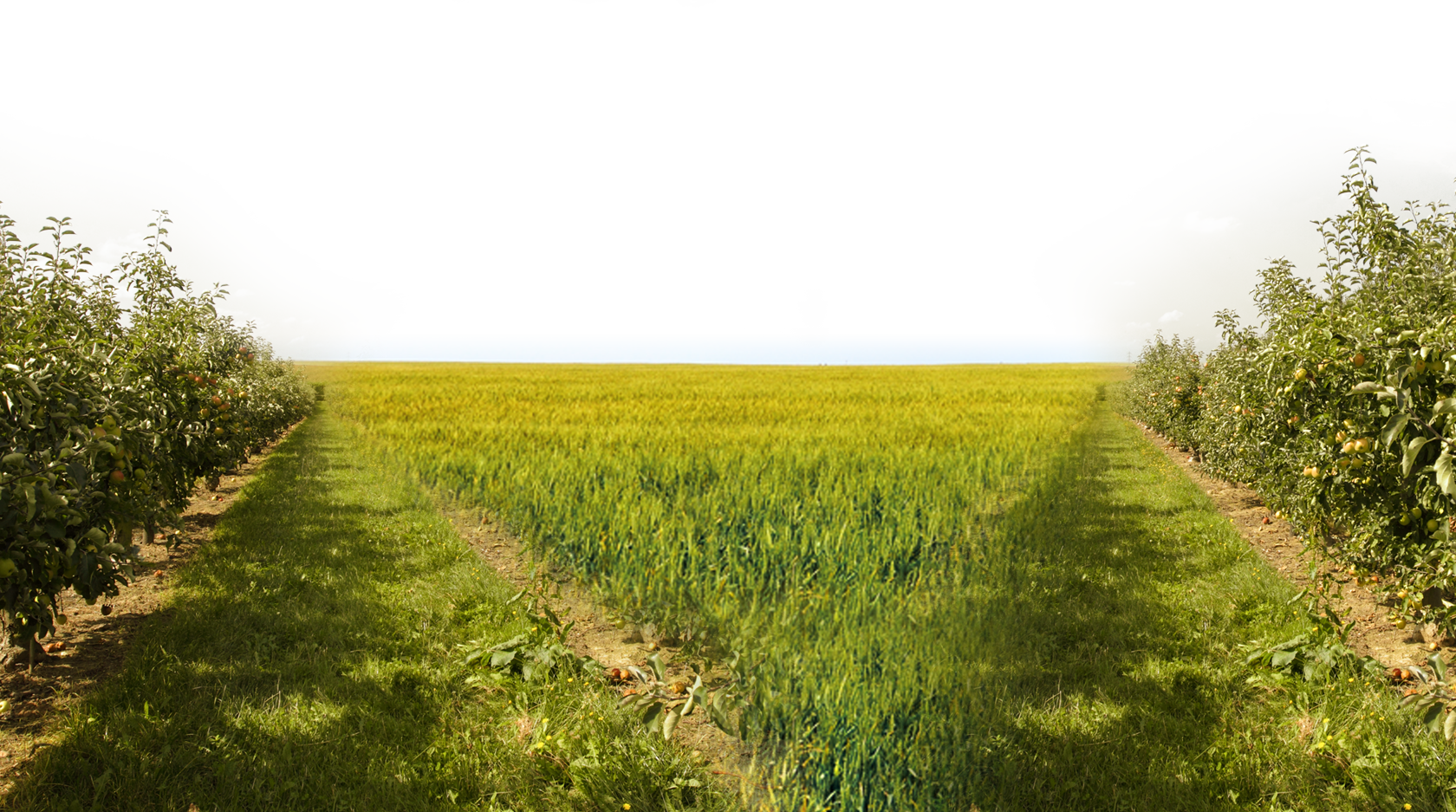
Balancing the Food Groups
By Elizabeth Chatellier, MA, RDN | 0 Comments | Posted 05/12/2014
A well-rounded diet helps us stay balanced and provides sustainable energy to fuel our daily activities. The more varied meal, combining options from the different food groups, the more nutritious. However, it is important to keep in mind your own personal health goals when planning meals and snacks, and make the best choices you can to optimize your health.
Proteins:
- Beef, pork, poultry, fish and shellfish
- Nuts and seeds
- Dairy
- Eggs
- Soybean
- Quinoa
- Beans and legumes (incomplete plant proteins)
Carbohydrates:
- Wheat
- Rice
- Oats
- Corn, potatoes, peas and carrots
Fruits and Vegetables:
- Fresh, frozen, canned or dried fruits
- Fresh, frozen, canned or dried vegetables
- 100% fruit or vegetable juice
- Beans and legumes
Dairy:
- Milk
- Cheese
- Yogurt
- Kefir
Fats are not a food group but they do provide essential nutrients in the diet. Here are examples of different types of fat:
- Oil: olive, canola, corn, cottonseed, grapeseed, sunflower, coconut and vegetable oil
- Butter, margarine, lard, and shortening
Foods that are naturally high in fat include olives, nuts, seeds, dairy, avocados, coconuts and certain types of fish.
Insight: Balancing the food groups whenever you eat keeps your blood sugar stable through out the day, prevents you from getting overly hungry and provides energy to sustain daily activity.
For more tips: http://www.choosemyplate.gov/food-groups/


 Contact us
Contact us



























